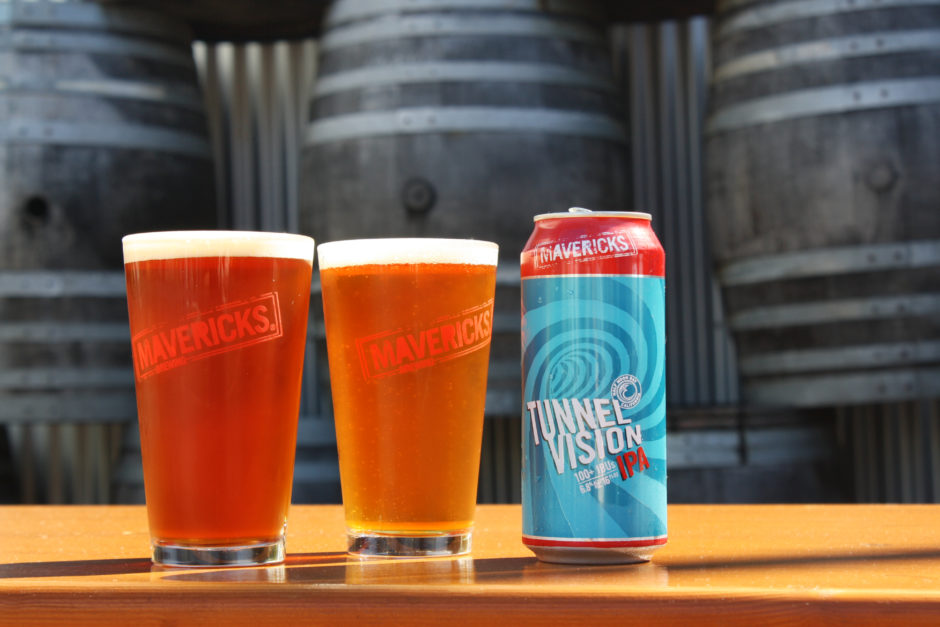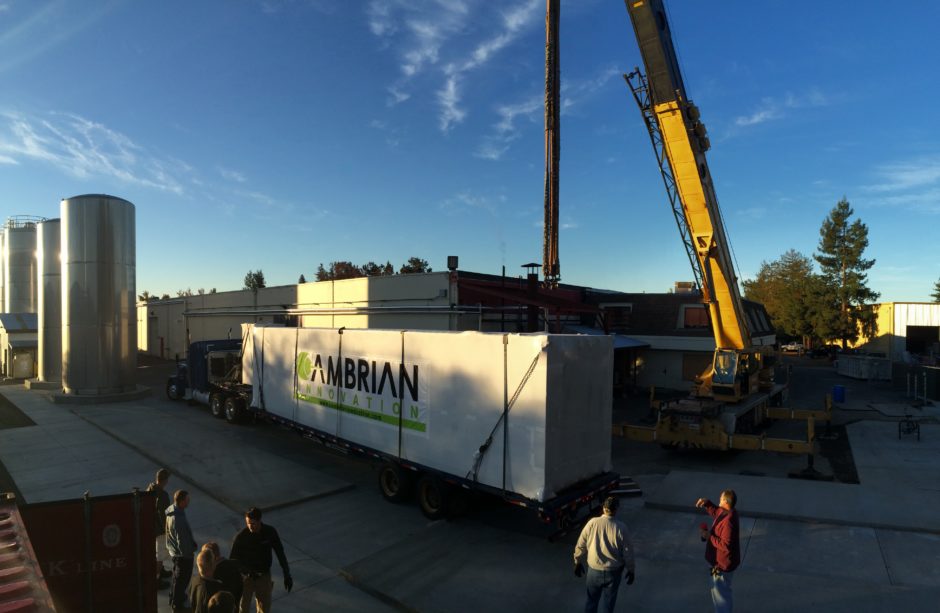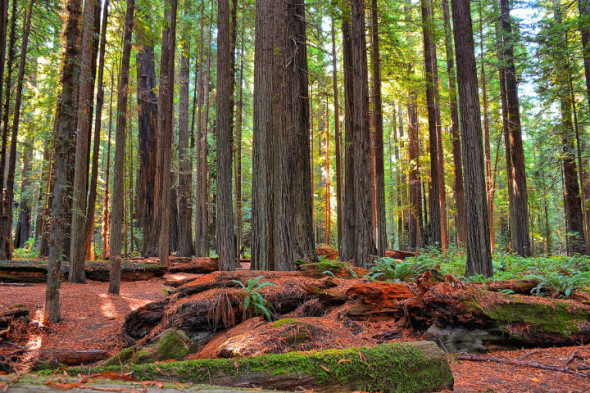The Guardian US/UK | March 14, 2016
In autumn of 2014 – three years into California’s devastating drought– architect Russ Drinker became fixated on brewing beer from recycled greywater (that is, water that’s been treated after use in sinks, showers and washing clothes).
He was increasingly frustrated that the media paid little attention to water recycling. “They were focused on conservation instead. But if Californians really want to have an impact on our water use, we have to recycle our freshwater … and get over our psychological resistance to that.”
While some microbrewers have been working hard to get their water usage down – some to three gallons of water for every gallon of beer – the industry has a high water to beer ratio. Despite this, it took Drinker about a year to find a brewer up for the challenge. But when he broached the idea with the Half Moon Bay Brewing Company, a craft brewer located south of San Francisco, owner Lenny Mendonca didn’t hesitate.
Last October the brewery unveiled a version of its regular Mavericks Tunnel Vision IPA made with recycled water after a blind taste test at an urban sustainability conference in the Bay Area.

Can you tell which of the brews was made with treated wastewater? (It’s on the left). Photo credit: Half Moon Bay Brewing Company
Made using the same NASA water recycling technology as astronaut Scott Kelly used during his year long stint on the International Space Station, the tasting panel couldn’t detect which of the two pints was made with recycled water.
“This is the product [where] people think that water is the most important ingredient,” said Mendonca. “So if I can demonstrate to people that not only is [greywater beer] good, but it’s great, then why wouldn’t you use that water for everything else?”
Mendonca has only made the greywater beer available for sampling twice and says commercialising the product isn’t his first priority. California can’t legally directly pump treated recycled water back into the drinking water supply, so it’s currently not practical (shortage of supply) or cost effective. His focus instead is on using the beer as a tool to catch the eye of both policymakers and the public.
Getting the legislation to bring recycled water directly into the drinking water supply, would be the first step for mass application, just as Singapore has done with its recycled water plant.
Craft brewers turn green
Brewing beer from recycled water is an unusual approach. But a growing number of craft breweries in the US are finding new ways to reduce their environmental footprint.
Weak wort, a type of sugar wastewater generated by Colorado-based Avery Brewing Co, will be donated to the city of Boulder for use in its wastewater treatment plant to break down nitrogen. This will save the city $500 (£350) per day on the acetic acid it would have purchase to do the same job, said Chris Douville, Boulder’s wastewater treatment manager.
“We were looking for a local carbon source that others see as a waste,” he said. “It’s a mutually beneficial relationship.”
Boulder is currently outfitting its plants to treat nitrogen using weak wort, says Douville, and should be ready to put the new equipment online by the end of the year.
Other craft breweries, such as Lagunitas Brewing Company and Bear Republic Brewing Co in Sonoma County, California, are using a new onsite wastewater treatment system housed in a shipping container.

In spring 2016, the EcoVolt was installed at Lagunitas Brewery in Petaluma, Calif. Photo credit: Cambrian Innovation
The EcoVolt, developed by Boston-based startup Cambrian Innovation, is powered by electrically active bacteria that use anaerobic digestion to scrub the breweries’ wastewater of up to 90% of pollutants, according to Baji Gobburi, the company’s director of sales and marketing.
Each EcoVolt unit, which is targeted towards other boutique food and beverage operations such as wineries and dairies, can process up to 300,000 gallons of wastewater per day, and enables the breweries to reuse water in their cleaning operations and produce methane that is converted into heat and electricity.
“When Lagunitas completes the installation of its second EcoVolt, its water footprint will drop by 40%,” said Gobburi. “And the systems will also recover 20% of its facilities’ energy needs.”
It’s also been a money, time and petrol-saver. Previously, Lagunitas had to truck over 50,000 gallons a day of its concentrated wastewater to a treatment plant in Oakland over 40 miles away.
In Dexter, a town of about 4,000 people nestled in the corner of southeast Michigan, the Northern United Brewing Company has installed a smaller version of EcoVolt to treat its wastewater onsite, helped by a $200,000 (£140,000) innovative technology grant from the state of Michigan.
The technology has saved the city the millions of dollars it would have cost to give Dexter’s wastewater plant the capacity to process yeasts and sugars, said Michelle Aniol, the city’s community development manager.
“Food production here in Michigan is more of a cottage industry,” Aniol said. “So this test of the [EcoVolt] system can have implications that could be utilised throughout the rest of the state – at [cost] levels that can be more affordable for communities and businesses to grow, but get their waste within the permitted limits for discharge.”
